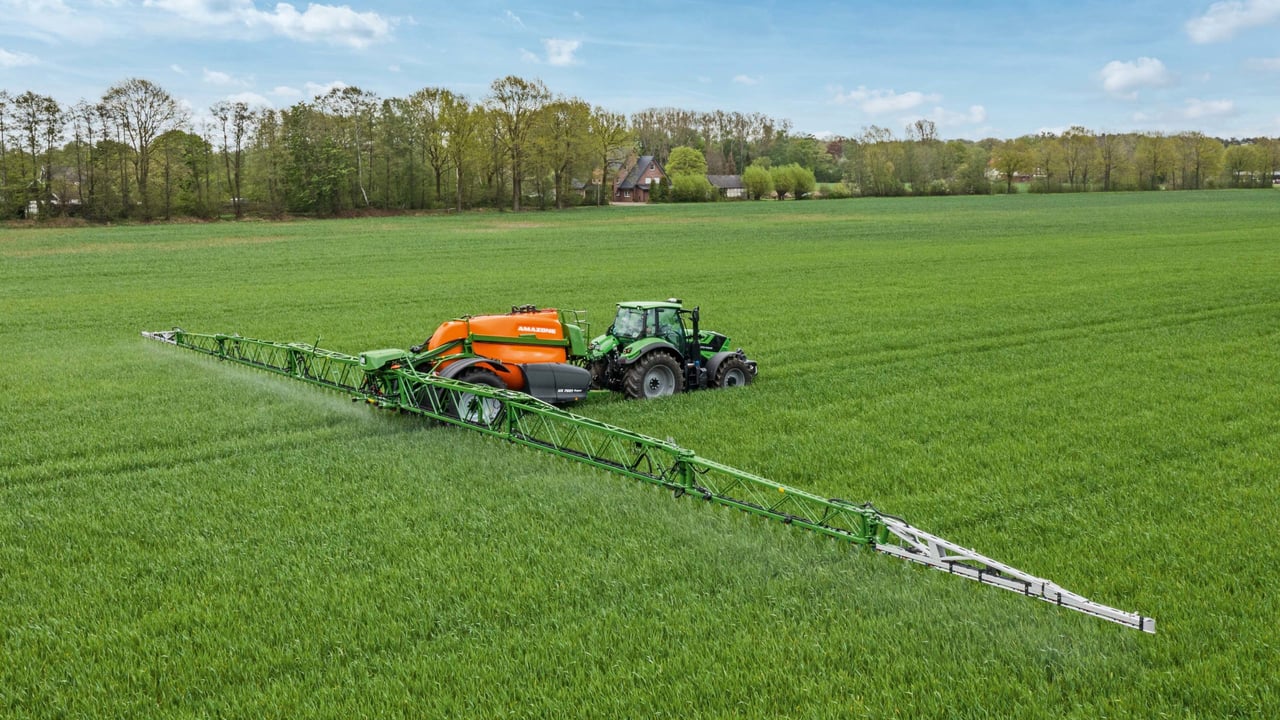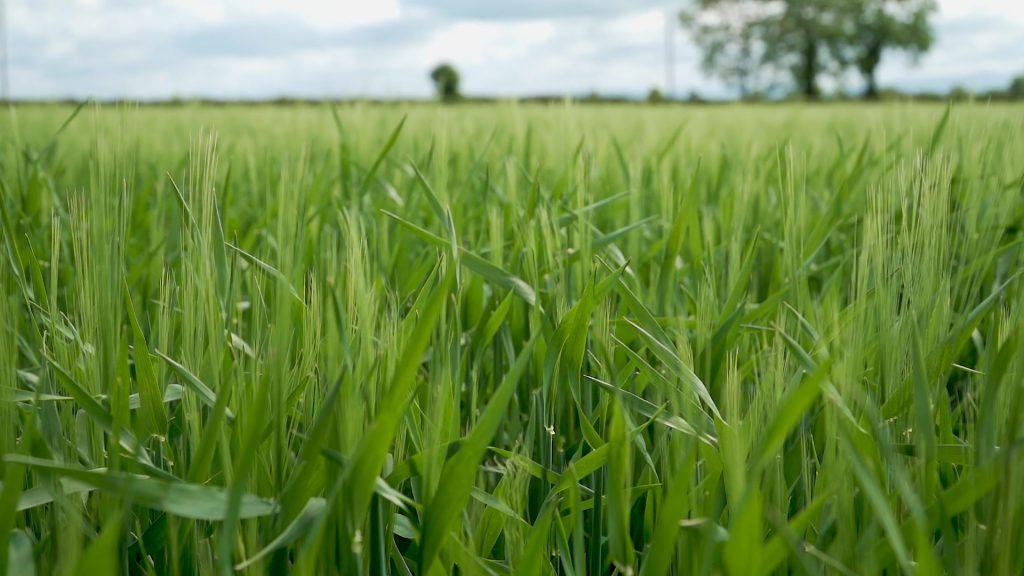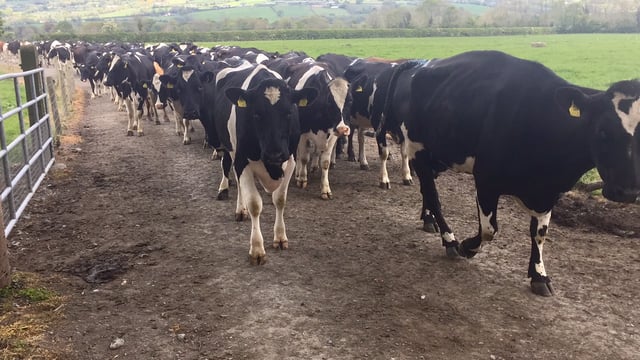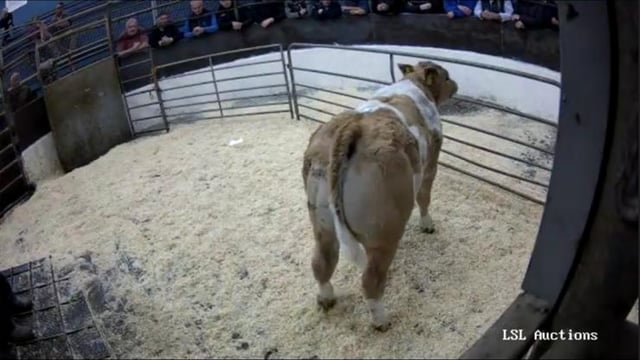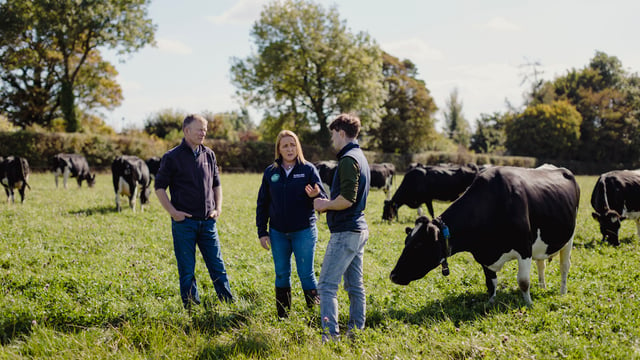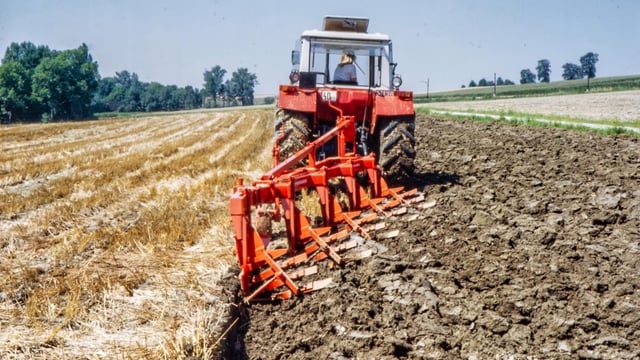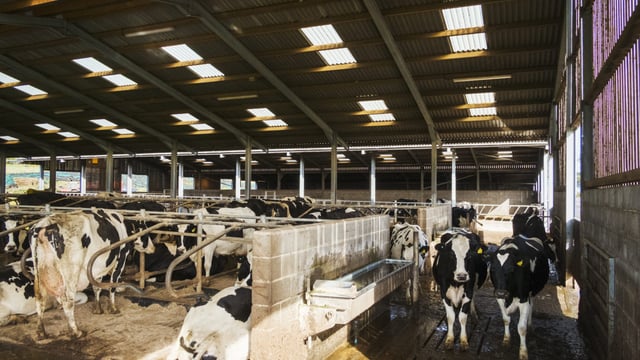The spectre of yellow rust
Teagasc has said that the occurrence of yellow rust in winter wheat crops is notably high this season.
This is not just in the north-east, where the disease is typically most prevalent, but also along the east coast and into Cork.
Of particular concern is its presence in varieties previously considered to have good resistance, raising questions about the possible emergence of new strains or evolution of existing ones.
Regular crop monitoring is essential. Given yellow rust’s short life cycle, significant changes can occur within a few days.
Growers are strongly recommended to walk winter wheat crops at least every five days and take immediate action if infection is identified.
Tebuconazole provides effective curative control, while products containing Pyraclostrobin (e.g., Comet) or Solatenol (e.g., Elatus) should be included in spray programmes for protection.
Meanwhile, recent rainfall, combined with a spell of warm weather, has triggered rapid, exponential growth in tillage crops over the past few days.
Weed control is under way in spring cereals, while first disease control in spring barley is only around the corner.
Disease pressure in winter cereals remains below average, however, yellow rust is presenting challenges across several winter wheat varieties. Final fungicide applications on winter barley are now underway.
Spring barley
Approximately 50% of fungicide products on the market contain Prothioconazole (e.g., Proline), and in practice, most spring barley crops will receive two applications this season.
Given its widespread use and limited remaining azole options, it is critical to protect this active ingredient from resistance development.
Prothioconazole should always be applied in combination with a partner fungicide from a different chemical group that also targets the disease in question.
Growers should avoid using low rates or applying the fungicide alone, especially when tank-mixed with herbicides, as this significantly increases the risk of resistance development.
The ideal timing for the first fungicide application in spring barley is from late tillering to growth stage (GS) 30.
Targeting this window helps suppress early disease and supports tiller survival, which is essential for achieving high shoot numbers and maximising yield potential.
A mix of Prothioconazole with a strobilurin (e.g., Comet, Amistar) or an SDHI (e.g., Elatus Era, Siltra), applied at 50% rates of both actives provides effective disease control in current spring barley varieties.
Winter barley
Timing of fungicide application on winter barley is crucial for the control of ramularia.
The final fungicide needs to be timed at the awns emerging stage. It should consist of an Azole plus a SDHI/Strob and 1.5L/ha of Folpet to assist in the control of ramularia.
Teagasc experiments on the control of ramularia shows that the best timing for the control of ramularia comes between GS 45 (boots swollen) and GS 49 (first awns visible).
An application of Folpet at GS 59 (ear emergence complete) did not contribute to control.

